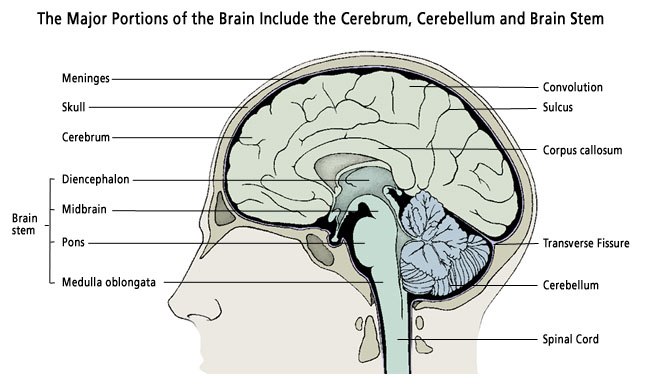
In a recent article in the New England Journal of Medicine I read about a novel possibility for treating cancer that I had not been aware of. The study’s title was “Oncolytic DNX-2401 Virus for Pediatric Diffuse Intrinsic Pontine Glioma”.
It started by saying that pediatric patients with diffuse intrinsic pontine glioma (DIPG) have a poor prognosis, with a median survival of less than 1 year. DNX-2401 is an oncolytic adenovirus that selectively replicates in tumor cells. 12 patients with newly diagnosed DIPG were given a single infusion of the virus through a catheter placed in the cerebellar peduncle, followed by radiotherapy.
Results
Treatment resulted in changes in T-cell activity and a reduction in or stabilization of tumor size in some patients but was associated with adverse events including headache, nausea, vomiting, and fatigue. Hemiparesis and tetraparesis developed in 1 patient each.
The study was done in Spain at the Clínica Universidad de Navarra.
Follow-up
Over a median follow-up of 17.8 months (range, 5.9 to 33.5), a reduction in tumor size, as assessed on magnetic resonance imaging, was reported in 9 patients, a partial response in 3 patients, and stable disease in 8 patients. The median survival was 17.8 months. Two patients were alive at the time of preparation of the report, 1 of whom was free of tumor progression at 38 months.
First impression: Wow!
My first reaction was delight and amazement. I had never imagined that a virus could infect and kill a tumor. That’s welcome knowledge that could potentially have many useful clinical applications. Cutting edge science.
Second impression: What about informed consent?
As I thought more about this, my enthusiasm ebbed. The news from this study is not really so favorable. I reflected that parents of these children would have to give informed consent, and I wondered how many of them would give that consent if they fully understood all the facts.
- This is an experimental treatment that has only been tried in 12 patients age 3 to 18.
- The patient has to undergo surgery and brain biopsy. Surgery carries its own risks. The idea of brain biopsy itself is scary; the idea of inserting a cannula deeper into the biopsy tract is even scarier.
- Deliberately injecting a virus into the brain to cause infection would strike many people as rather barbaric.
- A 25% reduction in tumor size was seen in 75% of patients. The clinical significance of this was uncertain.
- At 18 months after treatment, only 50% of the patients were still alive. At 33.5 months after treatment, only 3 of the 12 patients were still alive. Two patients were still alive at the time of preparation of the article, 1 of whom was free of tumor progression at 38 months.
- Patients were hospitalized for 0.6 to 6.8 days for the procedure and recovery.
- After treatment, 11 of the 12 patients continued to receive radiation therapy. The parents of 1 patient declined radiotherapy and any further treatment.
- When there was evidence of tumor progression, other treatments were given at the discretion of the oncologist, including chemotherapy, reirradiation, antiangiogenic therapy, or investigational agents.
- 75% of the patients had side effects from the treatment.
- 9 patients each had headache, neurologic deterioration, or vomiting
- 8 patients had fatigue
- 6 patients developed a fever
- Three serious adverse events were reported:
- One patient had transitory grade 3 hemiparesis which lessened in severity to mild hemiparesis after 12 weeks.
- One patient had grade 3 neurologic deterioration of increased bilateral oculomotor paresis and tetraparesis, which started after hospital discharge and worsened during radiotherapy.
- A third patient was hospitalized for abdominal pain; no cause was found
To summarize, this experimental treatment reduced tumor size for some patients but was associated with adverse events. It required hospitalization, surgery, and iatrogenic infection with a virus. Patients continued to receive radiotherapy and other treatments. Due to the small study size, the effect of the treatment on survival could not be calculated.
What to do?
I tried to imagine I was the parent of a child with newly diagnosed DIPG with a median survival of less than a year, especially if they were too young to understand. I would desperately want my child to live, but I hope I would be able to prioritize the best interests of my child over my own feelings. Would I want to subject them to the pain, suffering, and potential side effects of this treatment regimen for such a small chance of benefit? I think I would not. Desperate situations lead to desperate decisions; sometimes those decisions may not be the most rational.

